Share this
Previous story
← Types of Architectural Metal Mouldings - Basic GuideWill people remember your building after interacting with it? Or will they leave and immediately forget it?
No designer wants their project to be forgettable. One way you can make your design memorable is to use high-quality materials in nontraditional ways. Architectural metals do that naturally -- they provide a strong visual impact while maintaining a durable design.
Here are 8 ways to use metal to enhance the impact of your design.
Metal’s strength and low price point (depending on the material) make impressively high ceilings a simple design choice. It also allows for endless possibilities for non-traditional skeletal structures.
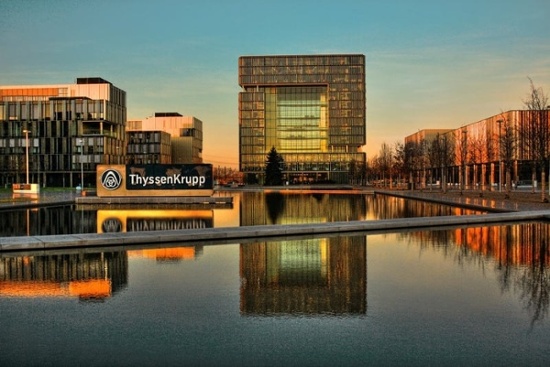
Q1 Building, ThyssenKrupp Quarter
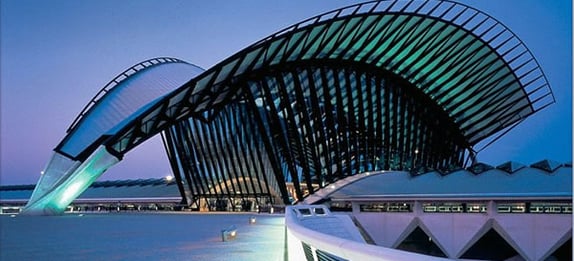
Lyon Airport Arrival Terminal
Aside from their inherent beauty, different textures and thicknesses can create natural lighting effects as light hits the metal.
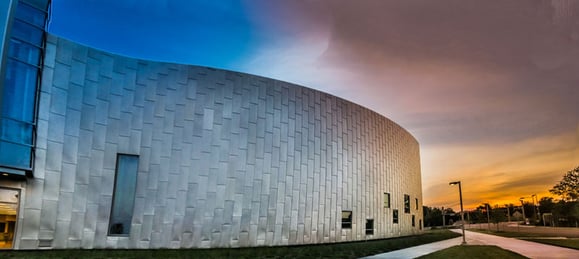
UMBC performing arts and humanities building
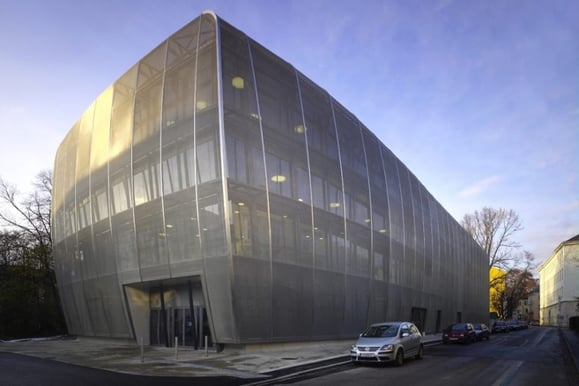
Ngoolark Student Services Building

Mumuth
Even the most delicately shaped metal structures resist the pull of gravity. Thin tubes, bars, and strips create fantastic, light-as-air designs.
While architectural metals naturally come in a rainbow of unique colors, they can be painted or powder coated to match any color or effect. This lets you meet your vision while benefiting from the strength and versatility of metal.
Metal creates an especially striking visual impact when paired with glass. However, it’s a highly versatile material and matches well with wood, concrete, brick - anything you can think of.
While strong, metal is also easily formed. Large panels and long sheets can be fabricated into curves, arches, mouldings, and other decorative additions.
Metal’s strength allows for three-dimensional creations of illusion and depth.
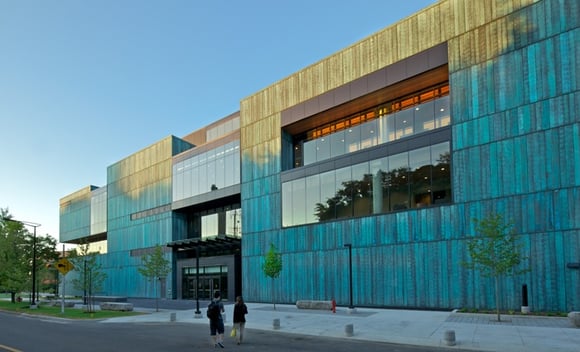
University of Toronto Mississauga Instructional Centre
If you want to learn more about integrating metal into your architectural design, you've come to the right place. Check out our free-book below. It's all about the architectural metals and finishes that can make a mundane project come alive:
These Related Stories
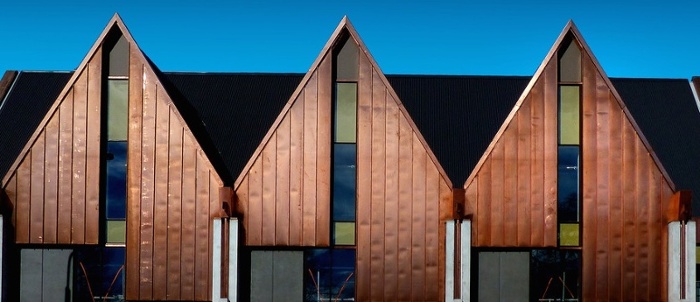
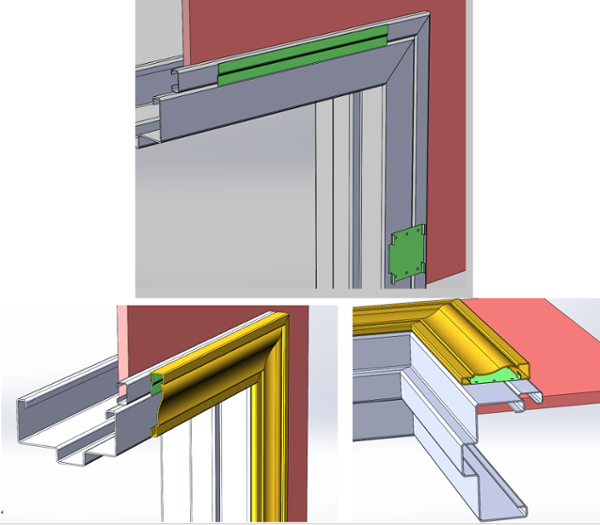
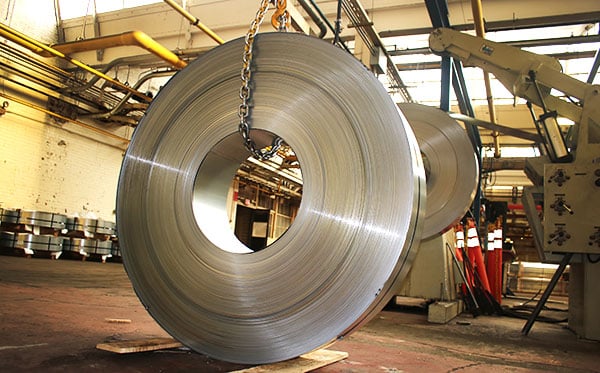
Since 1904, Dahlstrom Roll Form has been crafting top-tier, custom roll formed products with a commitment to quality, on-time delivery, and personalized service.
